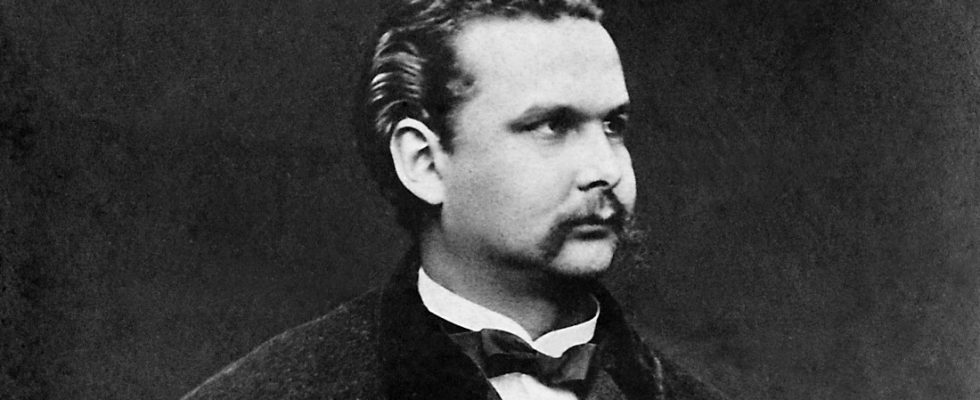To this day, no other chapter in Ludwig II’s biography is discussed as controversially as his disempowerment and his death, which is still unexplained. Was it a suicide? Did his heart give out when the portly monarch tried to escape? Or was he even shot on the shore of Lake Starnberg? In any case, the author Markus Richter is certain that there is a direct connection between the king’s sudden disempowerment and his death. His recently published crime thriller “Königsherz”, which is as exciting as it is entertaining, leaves no doubt about that.
Richter is a fairy tale king expert. Not only because he was born in Füssen in 1972, but also because he worked at Neuschwanstein Castle for decades. First he was castle guide, later as castellan responsible for property management; for a few years he even had an apartment in the castle, a place that many of his characters don’t particularly appreciate. For them, the New Hohenschwangau Castle, as Neuschwanstein was called before Ludwig’s death, is a “nightmare castle” and a “haunted castle”.
“Königsherz”, Richter’s third Neuschwanstein thriller, focuses on the last days of the king’s life. Much of what the author tells corresponds to historical facts. Ludwig II is incapacitated by the Bavarian government on June 9, 1886. Immediately after the meeting, a delegation of politicians, doctors and nurses set off from Munich to Hohenschwangau to inform the king of his deposition and to take him into custody.
The action failed because the firefighters and gendarmes who were loyal to him and who had been alarmed by Ludwig suspected a coup d’état and therefore arrested most of the members of the delegation in the Neuschwanstein gate building. The king issues drastic instructions from the background, orders his opponents to be tied up and whipped until they bleed. Even if no one implements these orders, the situation escalates and can get out of control at any time, which Richter traces very realistically.
The historically authenticated appearance of Baroness Spera von Truchsess, one of the king’s faithful, who armed with an umbrella in the middle of the night, tries to keep the partially drunk delegation from entering the castle is wonderful. In the face of so much anarchy, it’s not easy for Bernhard Sonntag, the District Administrator of Füssen, to keep track of things without ruining his own career by making wrong decisions. Gendarmerie commander Ferdinand Boppeler, who doesn’t let anything come to the king, is quite different. However, it is not pleasant for either of them when the putsch on the morning of June 10 receives a legal smear due to telegraphic instructions from Munich.
The memorial cross for King Ludwig II in Lake Starnberg in front of Berg (Bavaria).
(Photo: Frank Mächler/dpa)
The second delegation of doctors, nurses and gendarmes, which arrived in Hohenschwangau shortly after midnight on June 12, managed to bring the desperate but completely passive king to Berg Castle in a locked carriage. Ludwig II rejected the suggestion of his aide-de-camp, Count Dürckheim, to travel to Munich and show himself to his subjects, as well as the idea of fleeing to nearby Tyrol.
As far as the tragic end of the king is concerned, Richter says he relies on the notes of the former Füssen pharmacist and purveyor to the court Christian Singer, who is said to have also been there. The 21-page manuscript lay undiscovered in a box in the pharmacy’s attic for decades. But it doesn’t seem to contain too much that is unknown. Because without revealing too much here: Richter’s thesis on Ludwig’s death is not new.
Markus Richter: King’s Heart (Tingling Angel Edition), Book launch on April 15, 7 p.m., Marstall am See, Mühlgasse 7, 82335 Berg

